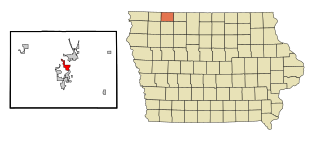The National Banking Acts of 1863 and 1864 were two United States federal banking acts that established a system of national banks, and created the United States National Banking System. They encouraged development of a national currency backed by bank holdings of U.S. Treasury securities and established the Office of the Comptroller of the Currency as part of the United States Department of the Treasury and a system of nationally chartered banks. The Act shaped today's national banking system and its support of a uniform U.S. banking policy.

Federal Reserve Notes, also United States banknotes, are the banknotes currently used in the United States of America. Denominated in United States dollars, Federal Reserve Notes are printed by the United States Bureau of Engraving and Printing on paper made by Crane & Co. of Dalton, Massachusetts. Federal Reserve Notes are the only type of U.S. banknote currently produced. Federal Reserve Notes are authorized by Section 16 of the Federal Reserve Act of 1913 and are issued to the Federal Reserve Banks at the discretion of the Board of Governors of the Federal Reserve System. The notes are then put into circulation by the Federal Reserve Banks, at which point they become liabilities of the Federal Reserve Banks and obligations of the United States.

A banknote is a type of negotiable promissory note, made by a bank, payable to the bearer on demand. Banknotes were originally issued by commercial banks, which were legally required to redeem the notes for legal tender when presented to the chief cashier of the originating bank. These commercial banknotes only traded at face value in the market served by the issuing bank. Commercial banknotes have primarily been replaced by national banknotes issued by central banks.

The Bureau of Engraving and Printing (BEP) is a government agency within the United States Department of the Treasury that designs and produces a variety of security products for the United States government, most notable of which is Federal Reserve Notes for the Federal Reserve, the nation's central bank. In addition to paper currency, the BEP produces Treasury securities; military commissions and award certificates; invitations and admission cards; and many different types of identification cards, forms, and other special security documents for a variety of government agencies. The BEP does not produce coins; all coinage is produced by the United States Mint. With production facilities in Washington, D.C., and Fort Worth, Texas, the Bureau of Engraving and Printing is the largest producer of government security documents in the United States.
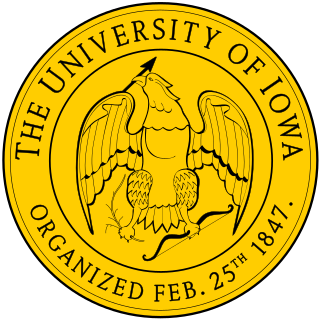
The University of Iowa is a public research university in Iowa City, Iowa. Founded in 1847, it is the oldest and the second largest university in the state. The University of Iowa is organized into 11 colleges offering more than 200 areas of study and seven professional degrees.
Large denominations of United States currency greater than $100 were circulated by the United States Treasury until 1969. Since then, U.S. dollar banknotes have only been issued in seven denominations: $1, $2, $5, $10, $20, $50, and $100.
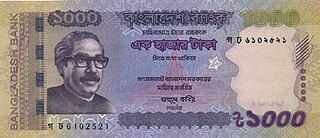
The Bangladeshi taka is the currency of the People's Republic of Bangladesh. Issuance of banknotes ৳10 and larger is controlled by Bangladesh Bank, and for the ৳2 and ৳5 banknotes, which are the responsibility of the Ministry of Finance of the government of Bangladesh. The most commonly used symbol for the taka is "৳" and "Tk", used on receipts while purchasing goods and services. ৳1 is subdivided into 100 poisha.
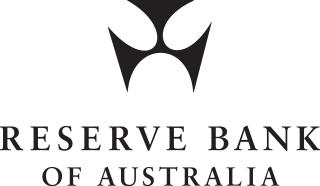
The Reserve Bank of Australia (RBA) is the country's central bank and banknote issuing authority. It has had that role since 14 January 1960, when the Reserve Bank Act 1959 removed the central banking functions from the Commonwealth Bank.

The Bank of England Museum is located within the Bank of England in the City of London. Its entrance is in Bartholomew Lane, off Threadneedle Street, close to Bank junction and Bank tube station. The museum is open to the general public, free of charge, on weekdays and on the day of the Lord Mayor's Show.

National Bank Notes were United States currency banknotes issued by National banks chartered by the United States Government. The notes were usually backed by United States bonds the bank deposited with the United States Treasury. In addition, banks were required to maintain a redemption fund amounting to five percent of any outstanding note balance, in gold or "lawful money".
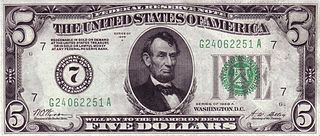
The Series of 1928 was the first issue of small-size currency printed and released by the U.S. government. These notes, first released to the public on July 10, 1929, were the first standardized notes in terms of design and characteristics, featuring similar portraits and other facets. These notes were also the first to measure 6.14" by 2.61", quite a bit smaller than the large-sized predecessors of Series 1923 and earlier that measured 7.421 8" by 3.125"

Waterlow and Sons Limited was a major worldwide engraver of currency, postage stamps, stocks and bond certificates based in London, Watford and Dunstable in England. The company was founded as a family business in 1810. It was acquired in 1961 by De La Rue.

Fractional currency, also referred to as shinplasters, was introduced by the United States federal government following the outbreak of the Civil War. These fractional notes were in use between 21 August 1862 and 15 February 1876, and issued in 3, 5, 10, 15, 25, and 50 cent denominations across five issuing periods. The complete type set below is part of the National Numismatic Collection, housed at the National Museum of American History, part of the Smithsonian Institution.
The banknotes of the Australian dollar were first issued by the Reserve Bank of Australia on 14 February 1966, when Australia changed to decimal currency and replaced the pound with the dollar. This currency was a lot easier for calculating cost rather than the British pound, shilling and pence system. The $5 note was not issued until May 1967.
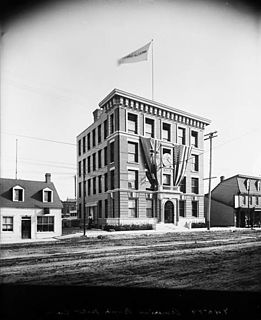
ABCorp is an American corporation providing secure payment, retail and ID cards, vital record and transaction documents, systems and services to governments and financial institutions - and is one of the largest producers of plastic transaction cards in the world. ABCorp has offices and manufacturing facilities in the United States, Canada, Australia, New Zealand, China, Germany, Dubai and South Africa. Formerly known as the American Bank Note Company, the organization was originally a major worldwide engraver of national currency and postage stamps.

The Farm House, also known as the Knapp–Wilson House, is the oldest building on the campus of Iowa State University in Ames, Iowa. Now a museum open to the general public, this house was built 1861-65 as part of the model farm that eventually became Iowa State. It was designated a National Historic Landmark in 1964 for its association with agriculturist and teacher Seaman A. Knapp and with U.S. Secretary of Agriculture James Wilson, both of whom lived here while teaching at Iowa State.

The Banknote Museum of Alpha Bank is a museum located in Corfu, Greece. It showcases an almost complete collection of the Greek currency from 1822 to present, about 2000 items. It includes the first treasury bonds issued by the newly liberated Greek State in 1822 until the replacement of the drachma by the euro in 2002. It also includes sketches essays and printing plates of Greek banknotes. One of its rarest holdings is the 1860 "colonata". The museum was established in 1981 by the Ionian Bank and it is housed at the former Ionian Bank building designed by Corfiote architect Ioannis Chronis in about 1840. In 2000 Ionian Bank merged with Alpha Bank and subsequently the Banknote Museum was renovated and was reopened in 2005. An additional exhibit hall was added showcasing "Ionian Bank Limited" which was a British venture and the first bank to operate in Greek territory. The museum collection is considered one of the most complete of its kind in the world.
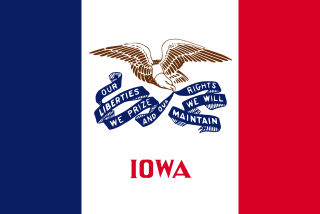
Iowa is a state in the Midwestern United States, bordered by the Mississippi River to the east and the Missouri River and Big Sioux River to the west. It is bordered by six states; Wisconsin to the northeast, Illinois to the east, Missouri to the south, Nebraska to the west, South Dakota to the northwest, and Minnesota to the north.

The Frontier Series is the seventh series of banknotes of the Canadian dollar released by the Bank of Canada. The polymer banknotes were designed to increase durability and to incorporate more security features over the preceding Canadian Journey Series. The notes feature images that focus on historic Canadian achievements and innovation. It is the first banknote series issued by the Bank of Canada printed on a material other than paper.

Historical coats of arms of the U.S. states date back to the admission of the first states to the Union. Despite the widely accepted practice of determining early statehood from the date of ratification of the United States Constitution, many of the original colonies referred to themselves as states shortly after the Declaration of Independence was signed on 4 July 1776. Committees of political leaders and intellectuals were established by state legislatures to research and propose a seal and coat of arms. Many of these members were signers of the Articles of Confederation, Declaration of Independence, and United States Constitution. Several of the earliest adopted state coats of arms and seals were similar or identical to their colonial counterparts.
